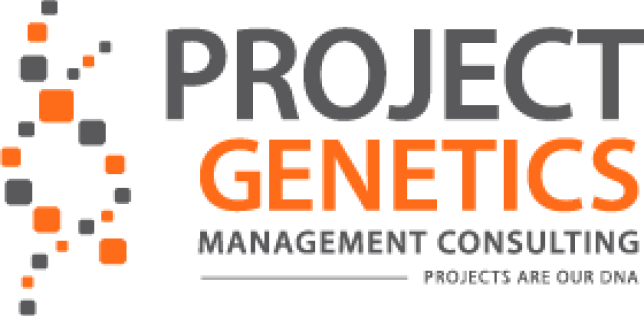With the increasing use of cloud-based technologies, there has been a heightened focus on data security, and Project Genetics helps organizations understand and mitigate any potential risks associated with implementation of digital solutions. Consider taking these steps in order to protect data security during ERP implementation.
Protecting Data Security During ERP Implementation
Risks can come from internal or external sources, ranging from malicious actors looking to gain unauthorized access to confidential information to mistakes made by personnel within the organization who do not have sufficient knowledge about data privacy laws and regulations.
To ensure proper protection of this sensitive information, organizations should conduct a security audit of their current system before embarking on any new implementations. This audit should include identifying existing weaknesses and vulnerabilities as well as assessing whether existing IT infrastructure can handle the new requirements adequately.
Plan and Implement Appropriate Data Security Measures
Once any potential risks have been identified, organizations need to plan and implement appropriate data security measures for their specific needs. Such measures could include two-factor authentication for all users accessing critical resources, using strong passwords that are regularly changed, and creating encryption algorithms for stored data.
Businesses should ensure that only authorized personnel have access to confidential documents. Additionally, organizations should consider implementing an identity management system that allows them to easily control user access levels and track user activities on a granular level.
Train Employees on Data Security Best Practices
As part of the training process, there should be an emphasis on topics such as understanding data privacy laws and regulations, recognizing common social engineering tactics used by malicious actors, and avoiding suspicious links or emails.
Employees should also be enlightened on the importance of backing up files regularly, properly disposing of confidential documents, avoiding writing down passwords, and never leaving computers unlocked or unattended. Additionally, they should be taught how to respond when confronted with a data breach so that they can take necessary precautions in order to minimize any losses incurred from it.
Regularly Test Data Security Measures to Ensure They Are Effective
Organizations also need to keep checking if their implemented data security measures are effective enough by regularly testing them against different attacker scenarios and evaluating their results accordingly. By doing this, organizations will reduce the chance of becoming the victim of sophisticated cyberattacks, thus ensuring that all confidential, business-related information remains secure at all times regardless if deployed on-premise or hosted remotely over cloud platforms.
Additionally, keeping hardware and software updated is another key component in reducing the risk of cyberattacks. These updates usually contain critical patches which address known vulnerabilities in systems or applications that malicious actors could exploit otherwise.
By taking steps to harden endpoints and ensuring that technology infrastructure is secure, you can help protect your business from potential attacks. At Project Genetics, we help businesses integrate technology solutions with best practices to streamline their digital transformation implementation. Contact Project Genetics today to learn more about how we can help keep your data safe during and after software implementation.



